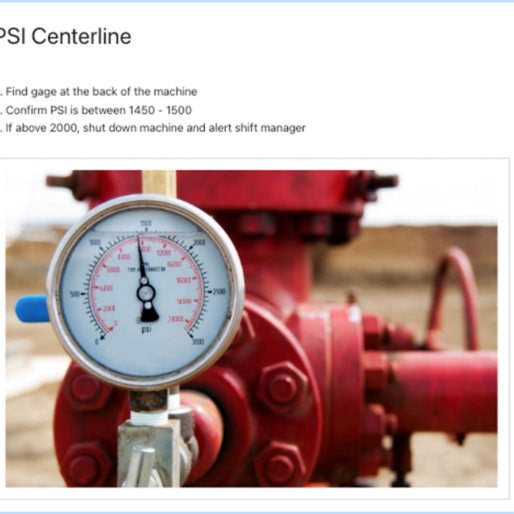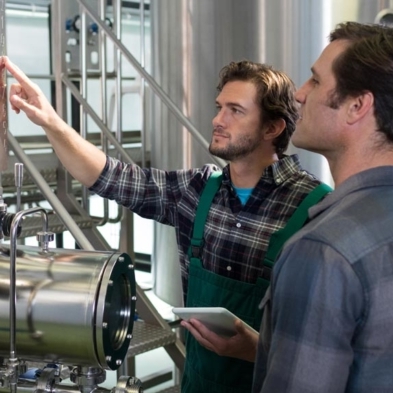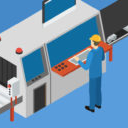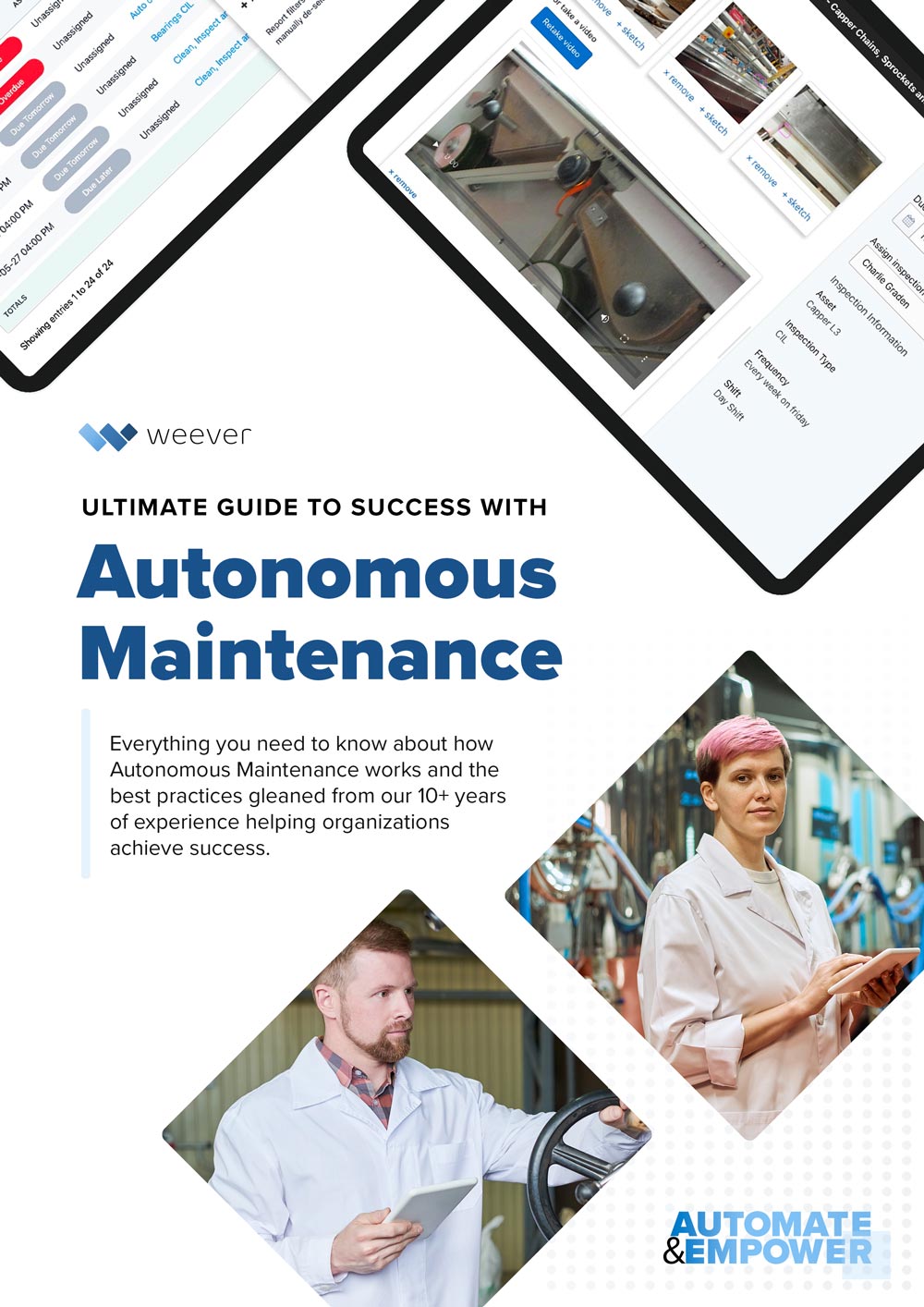What is Autonomous Maintenance and how does it work?
Andy Pritchard | July 19, 2022 | 5 min read

Striking the balance between maintaining consistently high product quality while meeting production quotas can be very challenging. Inefficiency, downtime, and unplanned stoppages steal from your company's bottomline. Ensuring your production lines are well maintained to avoid unexpected equipment failure is key.
Downtime at a busy plant can mean tens or hundreds of thousands of dollars of lost revenue per day. Yet most plants only have a small roster of trained technicians, whose time is in high demand. They’re expected to perform proactive and preventative, as well as reactive/corrective, maintenance as problems arise. Empowering your operators to assist with performing daily preventative maintenance is a methodology called Autonomous Maintenance, or AM.
The promise of Autonomous Maintenance is simple: by empowering your operators to perform regular inspections and maintenance on your machines you will increase your productivity, profitability, and Overall Equipment Efficiency (OEE). At the same time you will transform your frontline staff from “button pushers and switch flickers” to true, engaged, partners responsible for the productivity of your machines and equipment.
If the promise of AM is simple, the execution is not. Deciding what maintenance activities your associates should perform, how often, and how the partnership between operators and the maintenance team will work can be complex. Even once launched effectively, keeping it going long term is another challenge.
What is Autonomous Maintenance?
Autonomous Maintenance, or AM, is part of the Total Productive Maintenance (TPM) school of Lean Manufacturing. It is one of the 8 TPM pillars which aims to increase the productivity of a plant in a sustainable way.
In AM, the operators or associates who operate the machines are actively involved in maintaining their own equipment, with an emphasis on regular, proactive (or preventative) maintenance that prevents breakdowns, stops, or defects.
This has additional benefits of reducing injuries from failing machines or components and increases employee engagement by empowering them with duties that have a real and tangible impact on the success of the business.
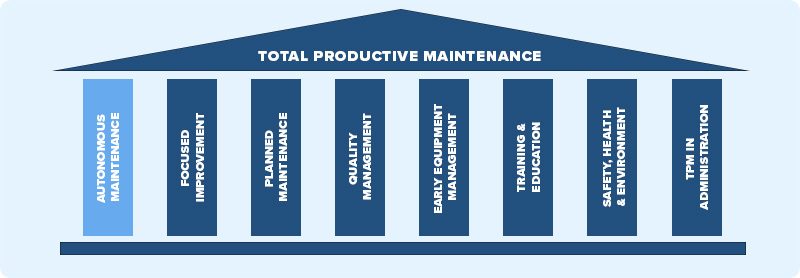
The specific most common activities that make up an AM program are:
- 5S Audits
- Abnormality Management
- Centerline Audits and CILs (Clean, Inspect, and Lubricate)
A Brief History of AM
Autonomous Maintenance began in the 60s in Japan as a way to disseminate the responsibility for maintenance and machine performance, as well as improving employee engagement and teamwork within management, engineering, maintenance, and operations.* By 1971 the Japanese Institute for Plant Maintenance expanded into the eight Total Productive Maintenance pillars we know today, which are as follows:
- Autonomous Maintenance
- Planned Maintenance
- Quality Maintenance
- Focused Improvement
- Early Equipment Management
- Training and Education
- Safety, Health, and Environment
- TPM in Administration
What are the main activities of Autonomous Maintenance?
There are 3 specific activities that you should consider integral to the implementation of any AM program. These are 5S Audits, Abnormality Management, and CILs/Centerlines.
Each of these activities is designed to ensure operators take greater ownership and responsibility over the conditions of their workstation and the machines within it. Operators are asked to maintain standards of cleanliness and order, to understand the acceptable standards and recognize/report abnormalities, and to follow procedures on machine care, including cleaning, lubrication and periodic inspections.
Maintenance teams are expected to support operators by providing training, access to on-demand resources that enable success, and continuously improving the SOPs that guide the process. Maintenance teams should be available to assist if there is an issue. They also review the data captured during these activities to plan preventive maintenance.
1) 5S Audits
The 5S methodology is a simple practice that helps your organization realize efficiency gains quickly by optimizing the cleanliness, order, and organization of each workstation. This improves productivity and fosters an organizational culture focused on quality and efficiency.
5S uses a list of five Japanese words that outline the organization categories that are used to optimize workstations:
- Seiri (整理) Sort: Remove unnecessary tools, instructions, or materials from the work environment to reduce clutter and keep the most essential components at hand
- Seiton (整頓) Set in Order: Neatly arrange and identify parts and tools in a manner that fosters efficiency and ease of job completion.
- Seisō (清掃) Shine: Maintain a clean work environment, free of mess, clutter, and debris.
- Seiketsu (清潔) Standardize: Regularly schedule 5S activities to ensure positive change.
- Shitsuke (躾) Sustain: Make 5S activities a part of your company’s work culture to ensure continuity in the face of evolving company priorities and staff turnover.
A 5S Action Plan is usually carried out across all work stations to establish standards.
Once a workstation is optimized under the guidance of a trained 5S professional, workstations are regularly audited to ensure staff are continuously following the principles and keeping the station effective and efficient.
During the audit, leadership or peers rate each “S” and provide feedback. Weekly or monthly audits with a scoring system gives staff measurable results and feedback.
2) Abnormality Management
When driving our own personal vehicles, we are often the first ones to notice that something is “off”. There is an unusual sound, odor, or vibration that gives us an early clue our car needs maintenance, often before the dashboard warning light turns on.
In a similar way your associates spend more time with the machines than anyone, and should be empowered to identify and correct abnormalities before they become major mechanical issues. Staff are also asked to provide details about the observation so that it can be prevented from reoccurring in the future.
Abnormality Reporting is a central concept to “World Class Manufacturing” and “Operational Excellence” methodologies. It involves the establishment of process standards, a way to report anomalies, corrective actions reporting and preventive action plans.
In practice, staff are trained on what the standard procedure should be and are asked to report any abnormality to that procedure. This information is reviewed by supervisors and tracked in trend analysis reports. Usually, abnormalities are “corrected” immediately, in which case the operator provides some information around the correction. In some cases, supervisors may create an action plan to understand the root cause of the abnormality and prevent it from recurring. This usually follows a PDCA (Plan Do Check Act) or similar process.
3) CILs & Centerlines
If abnormality handling is reactive, then CILs and Centerlines are the proactive maintenance activities for your operators. CILs and Centerlines are scheduled events where machines are shut down and operators are asked to perform simple maintenance tasks and report their findings.

CILs
CIL stands for “Clean, Inspect, and Lubricate”. CILs are scheduled on a weekly, daily, or per-shift basis. Staff are trained to actively look for potential problems like cracked, worn, failing, or otherwise deteriorating machine components.
The activities that are “outsourced” to the operators can be broadly classified as sustainment and improvement activities.
- Sustainment Activities: Preventing and correcting equipment failures.
- Improvement Activities: Prolonging the working life of the equipment, reducing the time spent on maintenance, and eliminating the need for maintenance.
The goal of CILs is to prevent, measure and, in some cases, reverse deterioration of machine parts through period cleaning, inspections and lubrications.
Examples of items that can be included in a CIL include:
- Correct Operations
- Setup and Adjustment
- Cleaning
- Lubrication
- Tightening
- Routine checks of deterioration
- Minor servicing
- Periodic checking
Centerlines
Centerlining, also known as Operational Envelopes in some industries, is a methodology that utilizes established process settings to ensure a consistent manufacturing process. Centerlines are the optimal variable settings, usually including a lower and upper limit, that are predefined for a given machine. Centerlines for a process can be created using a 4-step process involving:
- Identification of the important process factors or “variables”
- Determining the best settings and ranges for all of the important variables
- Determine how these variables affect the process and the product
- Ensure that the centerlined settings are always used during production
Centerlining may be very easy or very complex depending on the complexity of the process. In some manufacturing cases, centerlining requires statistical analysis to complete correctly. In many cases, however, the equipment manufacturer will determine and provide optimal operating conditions.
Centerlining is a never-ending process, and continuous work on all of these steps is needed in order to reap the most benefits. As a part of AM, and usually incorporated in the proactive CIL process, operators are tasked with continuously auditing these centerline variables, such as pressure, temperature, RPMs, and other equipment variables, to ensure they are aligned with the pre-defined optimal conditions.
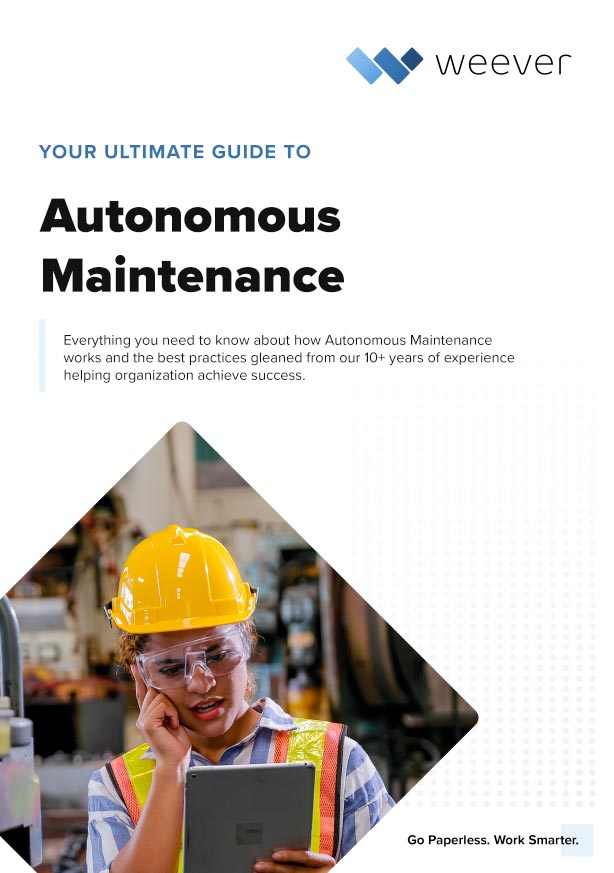
Everything you need to know about how Autonomous Maintenance works and the best practices gleaned from our 10+ years of experience helping organizations achieve success.
Continue Reading about Autonomous Maintenance
Ultimate Guide to Success with Autonomous Maintenance
Everything you need to know about how Autonomous Maintenance works and the best practices gleaned from our 10+ years of experience helping organizations achieve success.
Everything you need to know about how Autonomous Maintenance works and the best practices gleaned from our 10+ years of experience helping organizations achieve success.
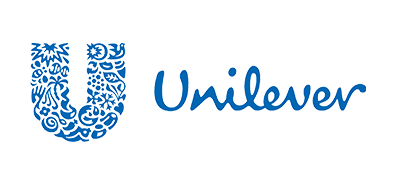
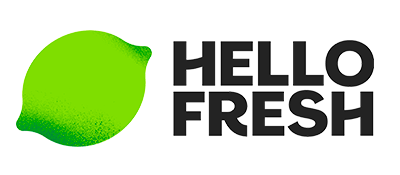
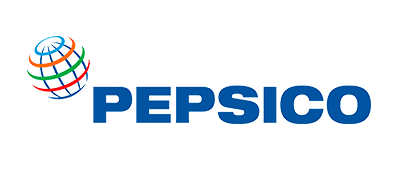
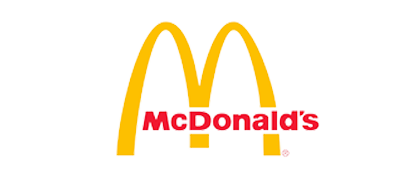
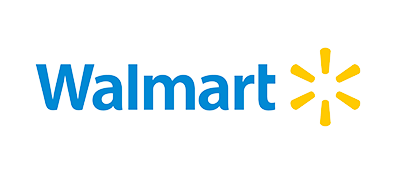
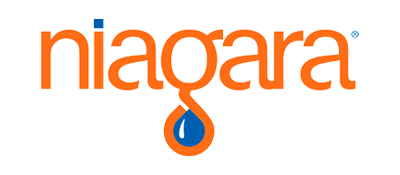
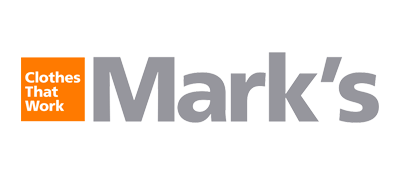
Marks
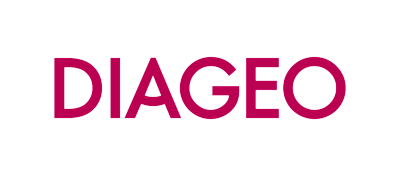
Diageo

Niagara Bottling

Walmart

PepsiCo logo

McDonald's

Unilever
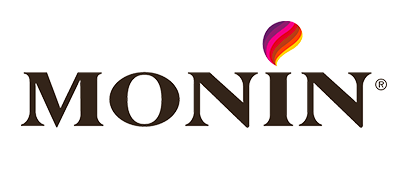
Monin

Hello Fresh
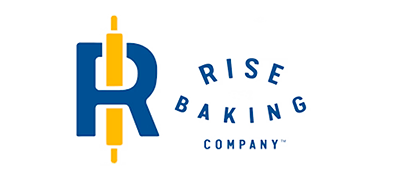
Rise Baking
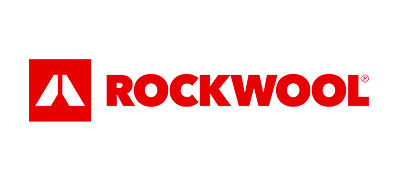
Rockwool
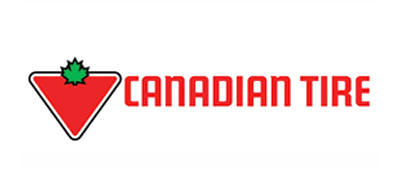
Canadian Tire
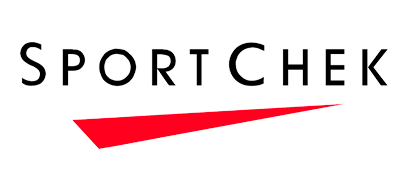
SportChek
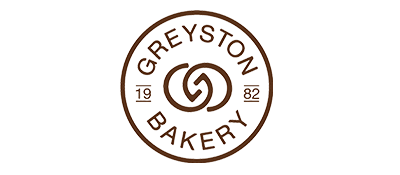
Greyston Bakery
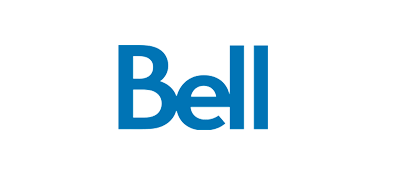
Bell
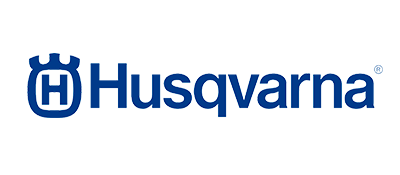
Husqvarna
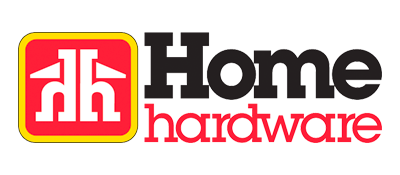
Home Hardware
